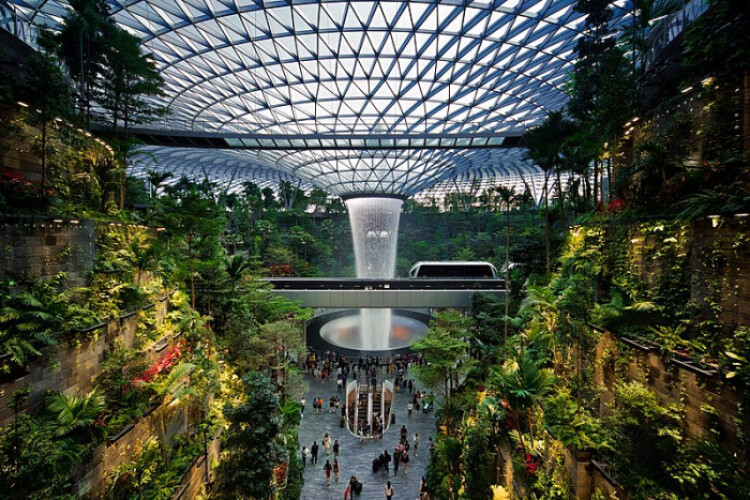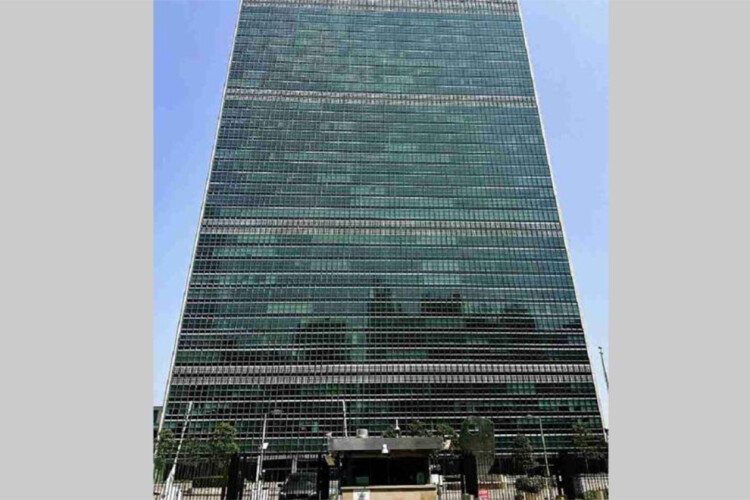
Singapore will start construction of a new mega terminal at Changi Airport in the first half of next year, aiming to lift the aviation hub’s annual passenger handling capacity by more than half, Prime Minister Lawrence Wong said.
The new Terminal 5 would add capacity for another 50 million passengers a year when operational in the mid-2030s, up from 90 million, and would allow the aviation hub serve more than 200 destinations, from almost 150 now.
“We will break ground for the construction of T5 in the first half of next year,” Wong said at a dinner on Friday celebrating the 40th anniversary of the nation’s civil aviation authority.
Changi Airport is the busiest in Southeast Asia, handling almost 60 million passengers last year as international travel bounced back from Covid. In the first half of this year, passenger traffic at Changi returned to almost 100% of pre-pandemic levels, Wong said.
But other cities in the region have also been adding capacity in an effort to gain a bigger slice of a growing global market for air travel. Global passenger traffic is expected to double by 2042 to nearly 20 billion, according to Montreal-based Airports Council International.
“Some have announced plans for mega airports that can handle more than 100 million passengers a year,” Wong said. “So they are narrowing the gap with Singapore.”
Vietnam is constructing a new airport near Ho Chi Minh City ultimately designed to serve more than 100 million passengers, while Hong Kong is spending more than $18 billion to expand its international hub. Asia-Pacific accounts for 60% of all new airport projects in the world, according to aviation researcher CAPA.
Changi’s Terminal 5 project was first announced over a decade ago, but the project was halted for two years due to the pandemic.
The new Terminal 5 would add capacity for another 50 million passengers a year when operational in the mid-2030s, up from 90 million, and would allow the aviation hub serve more than 200 destinations, from almost 150 now.
“We will break ground for the construction of T5 in the first half of next year,” Wong said at a dinner on Friday celebrating the 40th anniversary of the nation’s civil aviation authority.
Changi Airport is the busiest in Southeast Asia, handling almost 60 million passengers last year as international travel bounced back from Covid. In the first half of this year, passenger traffic at Changi returned to almost 100% of pre-pandemic levels, Wong said.
But other cities in the region have also been adding capacity in an effort to gain a bigger slice of a growing global market for air travel. Global passenger traffic is expected to double by 2042 to nearly 20 billion, according to Montreal-based Airports Council International.
“Some have announced plans for mega airports that can handle more than 100 million passengers a year,” Wong said. “So they are narrowing the gap with Singapore.”
Vietnam is constructing a new airport near Ho Chi Minh City ultimately designed to serve more than 100 million passengers, while Hong Kong is spending more than $18 billion to expand its international hub. Asia-Pacific accounts for 60% of all new airport projects in the world, according to aviation researcher CAPA.
Changi’s Terminal 5 project was first announced over a decade ago, but the project was halted for two years due to the pandemic.












